Over the years, Singapore has been focusing on building up its IT infrastructure as part of efforts to support a cloud environment. Businesses are heeding the call, but remain challenged by change management and user education.
Some key government initiatives include the deployment of the country's next-generation nationwide broadband network (NGNBN), commitment to becoming the region's datacenter hub, and opening up the airwaves for local operators to roll out 4G mobile networks.
These were part of the Singapore government's iN2015 10-year blueprint meant to propel the country to be the world's No. 1 in harnessing infocommunication technology and 'add value to the economy and society', according to the website of IT regulator, Infocomm Development Authority (IDA). Other stated goals under the roadmap included a two-fold increase in the value-add of the ICT industry to S$26 billion, as well as a three-fold increase in infocomm export revenue to S$60 billion.
In assessing the government's efforts to provide a comprehensive IT infrastructure on which organizations to capitalize, industry stakeholders told ZDNet Singapore is now ready to support both public and private sector entities to transform their operations to become cloud-enabled.
Info-Tech Research Group defines a cloud-enabled organization as one which IT department has shifted from controlling the procurement and deployment of computing resources, to one that 'enables, integrates, and manages' the utilization of various internal and external cloud-based services and applications.
Public sector leads the way
As with many things, the Singapore government is leading the way in terms of moving public sector agencies toward a centralized mode of IT procurement and deployment. Its private cloud infrastructure, also known as G-Cloud, is an example of how it hopes to pave the way for the sharing of IT resources and applications across the public sector. The Inland Revenue Authority of Singapore (IRAS) and Ministry of Education are among the early movers to the platform, with others in line to make similar migrations.
Commenting on this, Clement Teo, senior analyst at Forrester Research, said as far as he knows, Singapore is the only country that has a fully functioning government-led cloud, and its approach is 'quite innovative'. But it is still too soon to determine if the infrastructure will be able to scale to meet the demands of all agencies' IT needs since there are no benchmarks or comparable implementations to compare against, Teo noted.
'The real test is whether it meets what we qualify as a cloud service--automated, elastic, and agile. So far, it looks like it meets those criteria,' he said.
Manish Bahl, vice president of Forrester India, was more definitive in his assessment of Singapore's IT infrastructure achievements. Asked if there were specific gaps within the setup that would hinder the government's cloud adoption, the analyst said: 'For Singapore, I don't think so.'
The move toward enabling the public sector with cloud computing services was also timely, given that both employees and citizens were demanding for such services, Bahl added.
That said, there are still hurdles in moving toward a cloud-enabled public sector. 'The biggest threat to G-Cloud success is the change management of public-sector employees,' he said. 'Educating them to leverage cloud to procure, design, and deliver services will take some time.'
Infrastructure access provides business impetus
Government agencies are not the only ones leveraging Singapore's next-generation IT infrastructure. The local private sector is also looking to tap the availability of such resources to improve their operations with technology.
Tigerair is one such example. Mark Lim, the low-cost airline carrier's head of e-commerce and operations, told ZDNet he has 'no problems' with the IT resources at his disposal, given that there is pervasive, high-speed Internet connection almost everywhere across the island.
This is critical, especially since widespread Web access means enabling consumers to be able to procure tickets online wherever and whenever. Close to 95 percent of its business is done online so Internet connectivity is paramount, Lim said. If anything, the executive said the public Wi-Fi networks in the country could be improved.
 Continual education about components and functions will help companies overcome misconceptions of cloud services.
Continual education about components and functions will help companies overcome misconceptions of cloud services.
Compared to Malaysia where it is common to see Wi-Fi access available in most retail outlets, public Wi-Fi in Singapore is 'not as ubiquitous' as commonly thought, he noted.
In terms of data center capacity, Lim shared that Tigerair operates three data center sites in Singapore which, given its regional datacenter hub status, was deployed relatively quick. He added, though, that given the city-state's limited land space, the choice of vendors available were not 'as deep and competitive' as he would have liked.
Lim also found that many of the challenges he faced when setting up his cloud-based IT services revolved around regulatory complexities and the administrative 'hoops' he had to jump through.
David Chee, country head of managed services at Fujitsu, also lauded efforts to position the country as a datacenter hub. 'The economic landscape, [lack of] natural disasters, as well as the availability of infrastructure and resources make Singapore an ideal location for data centers, ' Chee said.
Beyond the government's efforts to develop the nationwide infrastructure competency, however, its role in helping companies better understand and be equipped to adopt cloud computing services should also be acknowledged.
Steve Lee, CIO and senior vice president at Changi Airport Group, pointed to the recently launched Multi-Tier Cloud Security Standard for Singapore (MTCS SS), as an example. 'Such standards provide a good guidance to help companies secure and transform [their operations to becoming cloud-enabled ones]', Lee said.
The MTCS SS, also known as SS 584, was developed to help local businesses pick the right cloud service provider by providing insights on the level of information security each vendor offers with their services.
Security is commonly cited as the reason why companies shun cloud services, so the IDA was keen to help the business community move past this hurdle, Steve Leonard, executive deputy chairman at IDA, said during a recent cloud computing conference held in Singapore.
As with the public sector, though, educating users on the benefits and use of cloud computing remains the pressing concern when it comes to spurring more companies to move toward being a cloud-enabled environment.
Albert Tay, Asean general manager at Aruba Networks, said only with continual education about the associated components and functions will companies overcome misconceptions of cloud services, and help companies realize they can safely rely on cloud services for their business operations.


 Advisory
Advisory 






 Singapore arrests two men for govt site breach.
Singapore arrests two men for govt site breach.




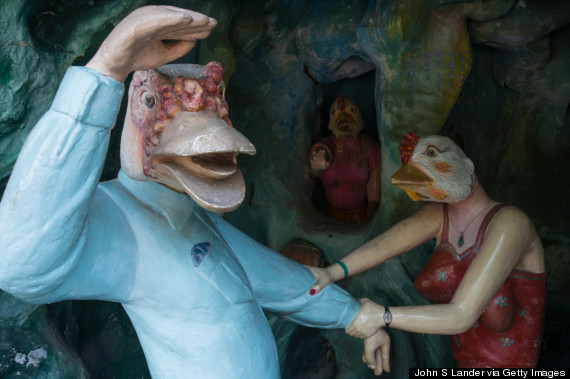
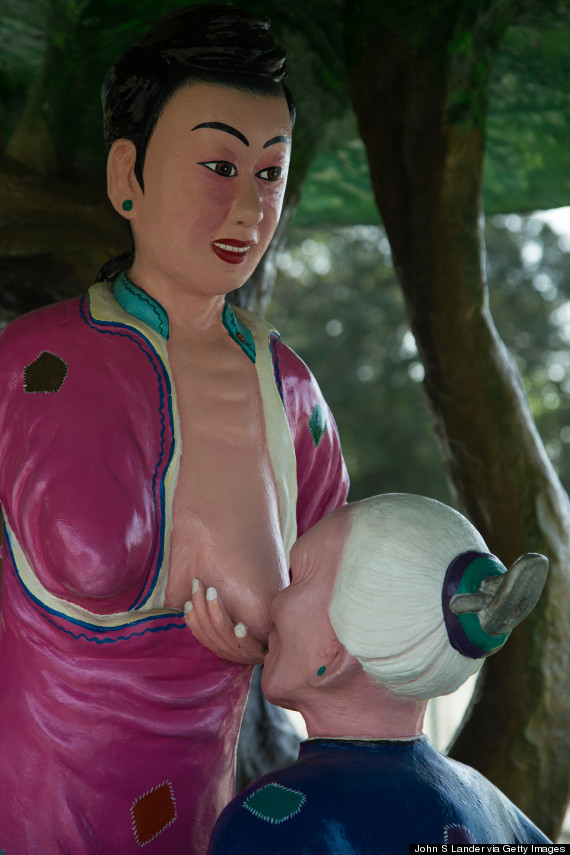








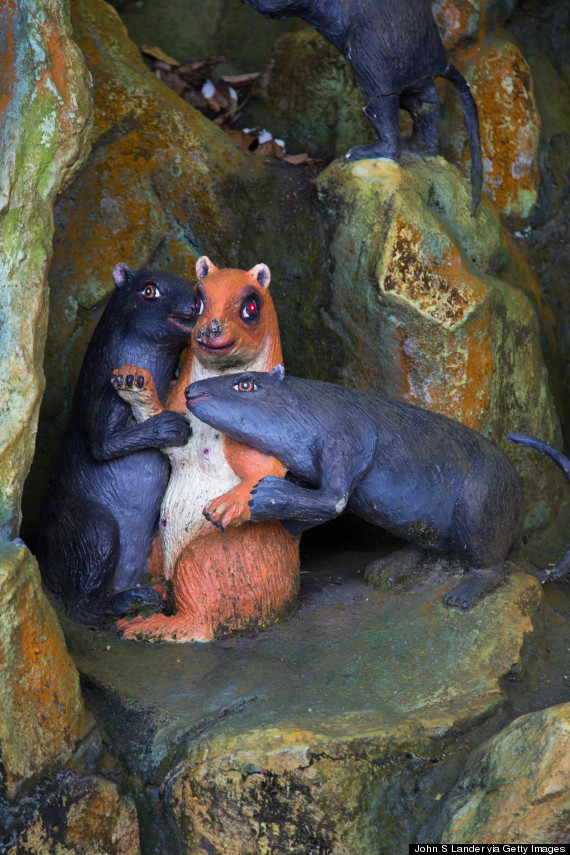
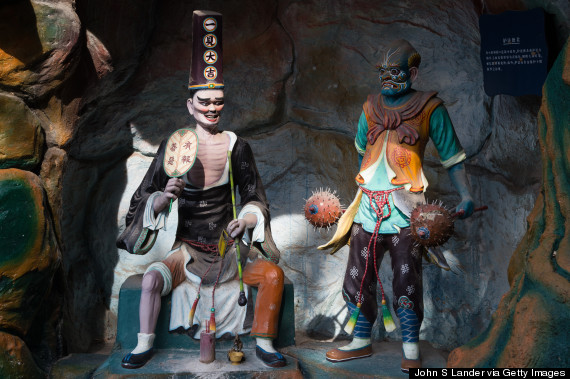








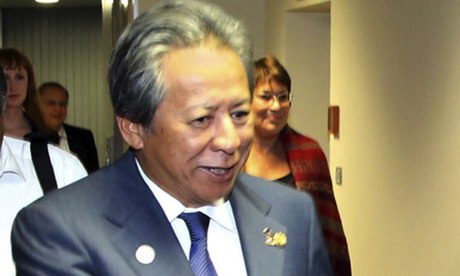




 THE world's longest non-stop commercial flight ended without fanfare Monday after Singapore Airlines (SIA) flew its last nearly 19-hour service from New York.
THE world's longest non-stop commercial flight ended without fanfare Monday after Singapore Airlines (SIA) flew its last nearly 19-hour service from New York. Continual education about components and functions will help companies overcome misconceptions of cloud services.
Continual education about components and functions will help companies overcome misconceptions of cloud services.